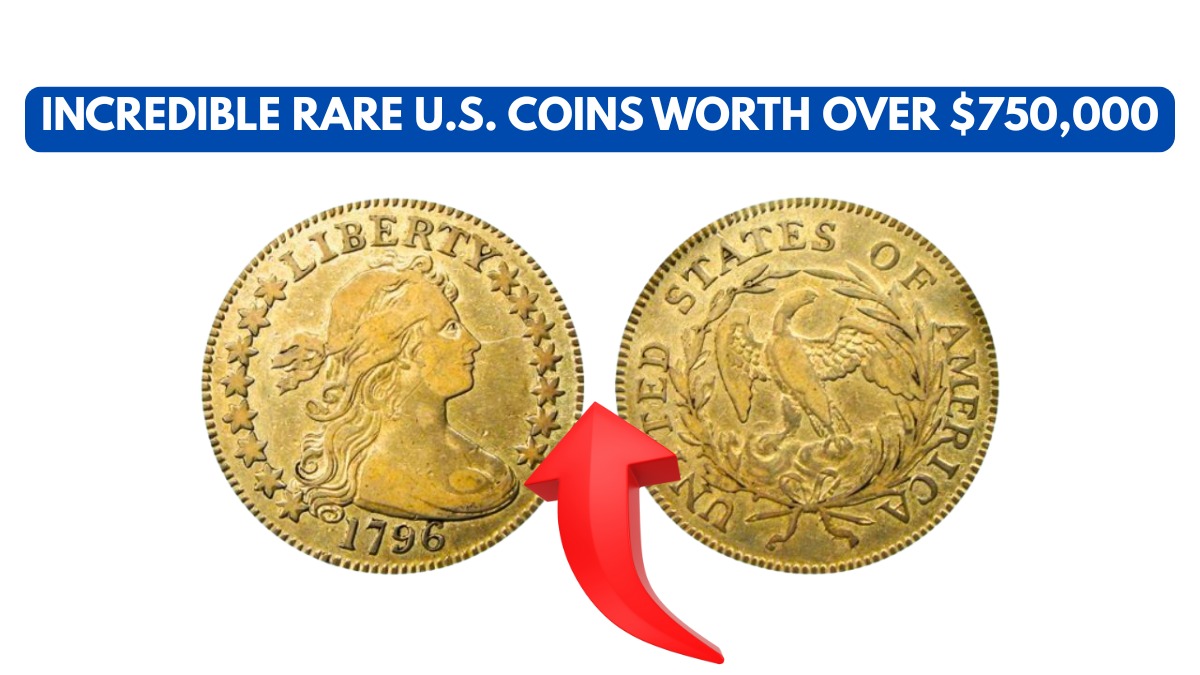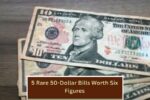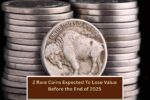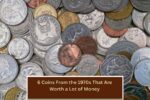If you think pocket change is just spare cash, think again. Some U.S. coins have fetched millions at auction, not for their face value, but for their historic significance, rarity, and condition. Collectors around the world compete for these treasures, turning old coins into assets worth more than a mansion.
Below, we dive into five incredible rare U.S. coins that have been valued at or sold for over $750,000 — some by more than 20 times that amount. These aren’t just metal discs; they’re pieces of American history.
1. 1933 Saint-Gaudens Double Eagle – $18.9 Million
Notable Sale: Sotheby’s auctioned a specimen for a record-breaking $18.9 million in 2021.
This $20 gold coin was never officially circulated. Although 445,500 were minted, the U.S. Treasury ordered them melted down after abandoning the gold standard during the Great Depression. A few coins survived the melting pot — illegally. One such coin became legal tender following a legal battle and became the most expensive coin ever sold.
Why It’s Rare: Nearly all were destroyed. Only a handful exist legally.
Value Driver: Scarcity, gold content, legal intrigue.
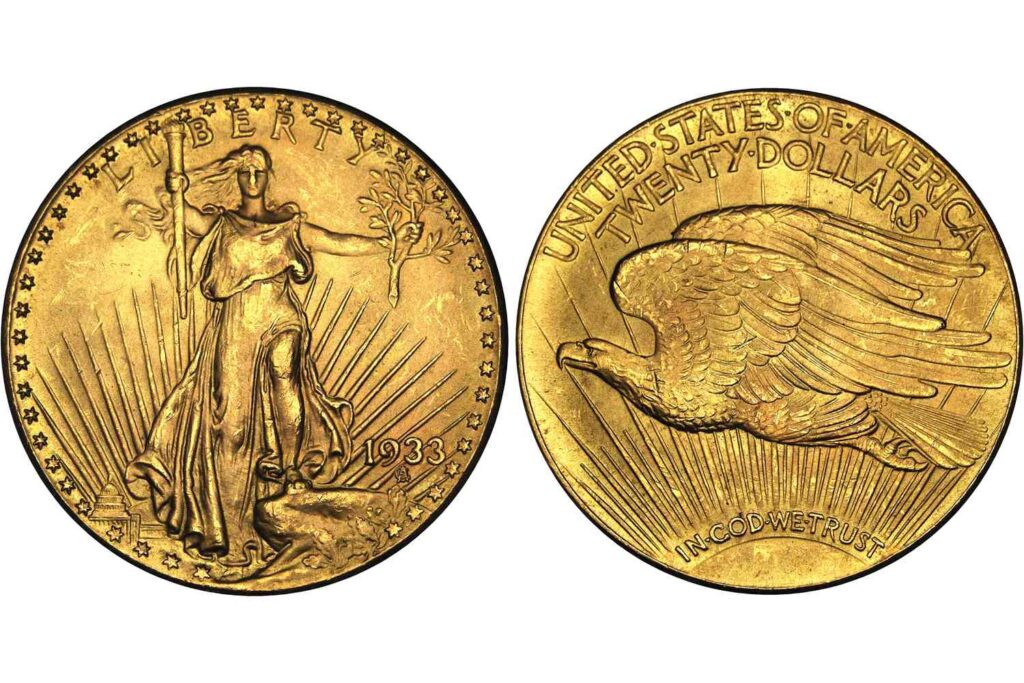
2. 1794 Flowing Hair Silver Dollar – $10 Million
Notable Sale: Sold for $10 million in 2013 by Stack’s Bowers Galleries.
This coin is believed to be among the first silver dollars minted by the United States Mint under the Coinage Act of 1792. Its iconic “Flowing Hair” design symbolizes liberty and America’s newfound independence.
Why It’s Rare: Possibly the first silver dollar ever struck by the U.S.
Value Driver: Historical importance, limited mintage, excellent condition.
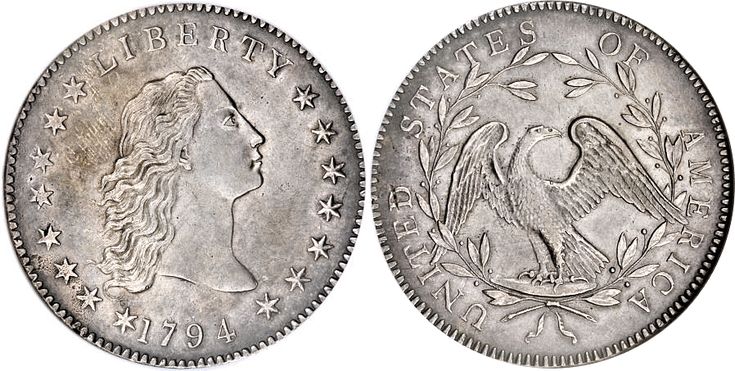
3. 1787 Brasher Doubloon – $9.36 Million
Notable Sale: Sold for $9.36 million in 2021 by Heritage Auctions.
Minted privately by New York goldsmith Ephraim Brasher before the establishment of the U.S. Mint, this gold coin is one of America’s earliest coinage examples. The most prized version features Brasher’s initials, “EB,” punched on the eagle’s wing.
Why It’s Rare: Pre-dates official U.S. coinage; private minting.
Value Driver: Historic status, hand-crafted mint mark, extreme scarcity.
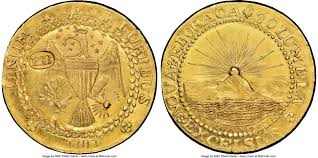
4. 1822 Capped Head Left Half Eagle – $8.4 Million
Notable Sale: Auctioned in 2021 by Stack’s Bowers for $8.4 million.
The 1822 $5 gold coin is incredibly rare — only three are known to exist today. Of those, two are permanently housed in the Smithsonian Institution, making only one available to collectors.
Why It’s Rare: One of only three known specimens.
Value Driver: High rarity, limited collector access.
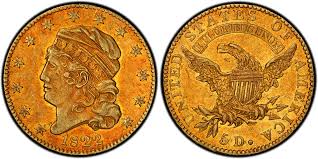
5. 1804 Draped Bust Silver Dollar (Class I) – $7.68 Million
Notable Sale: A specimen sold for $7.68 million in 2021.
Despite the 1804 date, these coins were actually minted in the 1830s as diplomatic gifts. They were never intended for circulation and were part of a special minting initiative for U.S. envoys.
Why It’s Rare: Fewer than 15 specimens are known.
Value Driver: Dubbed the “King of American Coins,” scarcity and mystique elevate its value.
Read More: American Numismatic Association
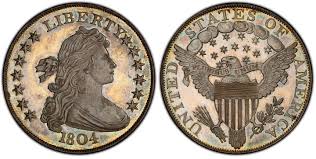
Why These Coins Fetch Millions
These five coins reflect more than monetary value — they symbolize political shifts, economic crises, and evolving artistry in America. Their market value stems from:
- Condition and Grade: Coins graded “MS-65” or higher are particularly sought after.
- Historical Relevance: Events like the Gold Reserve Act or early minting laws boost demand.
- Rarity: Fewer known examples usually translate to higher auction prices.
- Legal Status: In the case of the 1933 Double Eagle, its legality made headlines.
Collecting or Investing? Know the Risks
While coin collecting can be lucrative, it’s not without pitfalls. Always verify authenticity with reputable sources such as:
Also, note that the IRS may treat rare coin sales as capital gains.
Final Thoughts
Owning one of these coins is like holding a time capsule from American history. Though most of us won’t stumble upon a million-dollar coin in pocket change, knowing what to look for could be the first step in a profitable hobby.

Outside of work, he enjoys playing chess, following cricket, and writing short stories. His commitment to integrity and in-depth analysis strengthens OTE News’ mission of providing trustworthy journalism.

